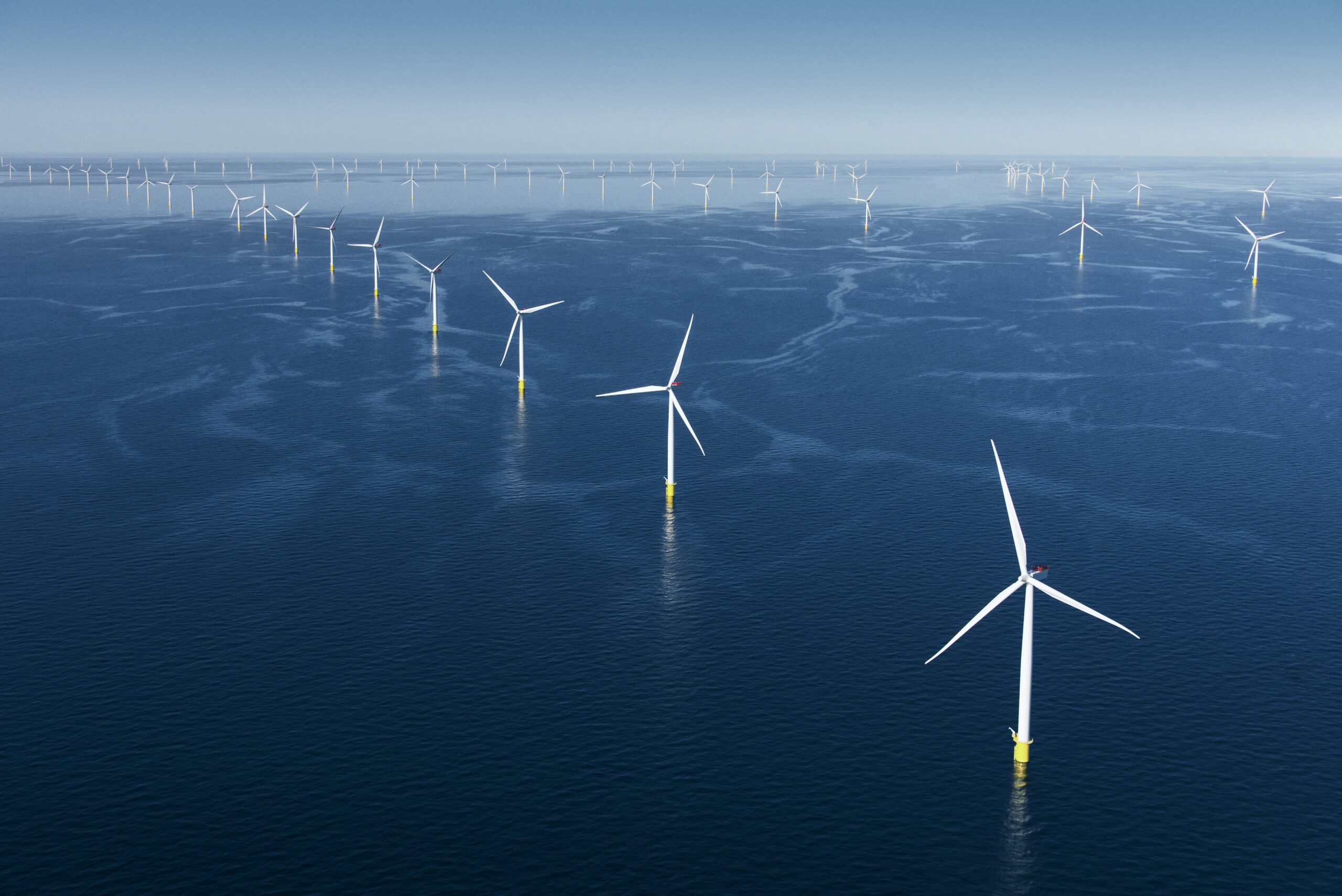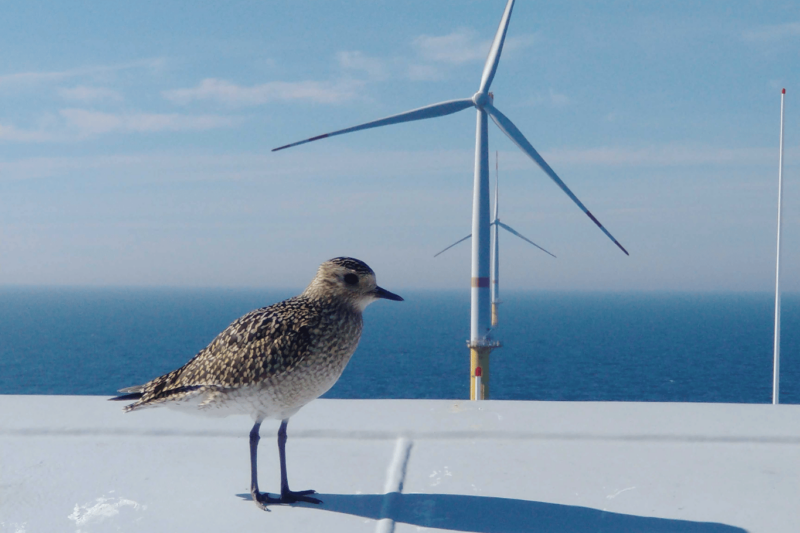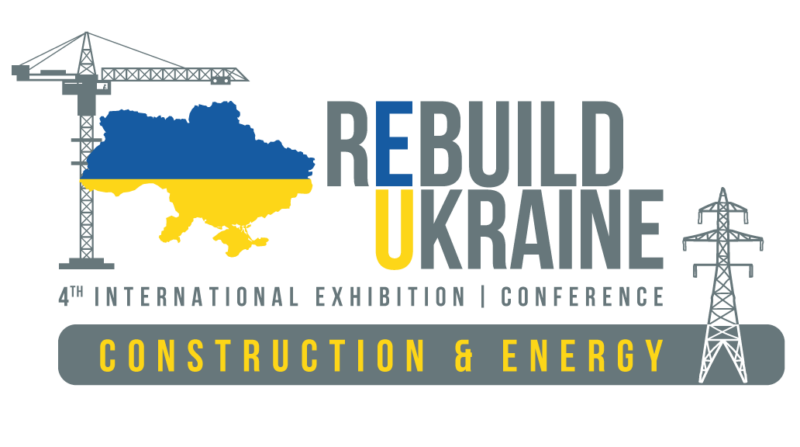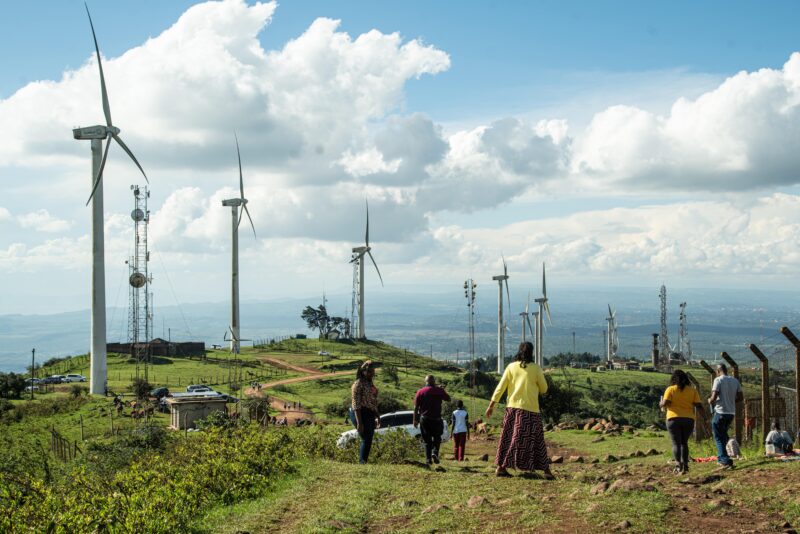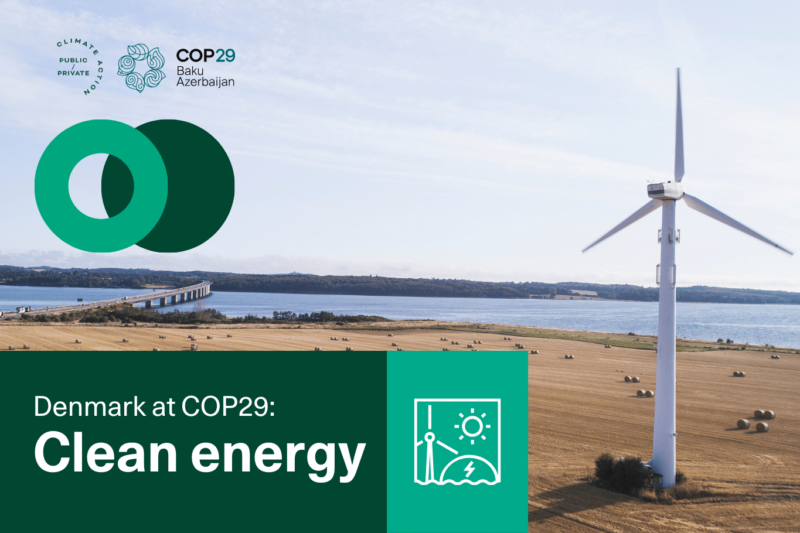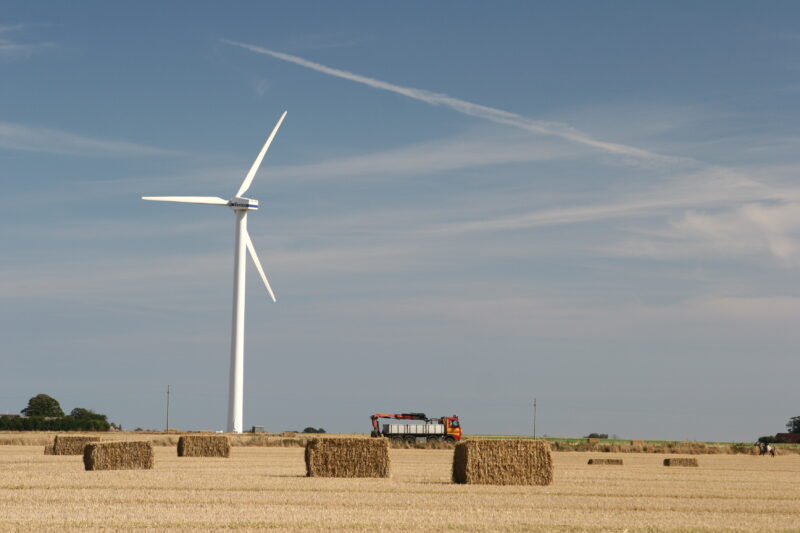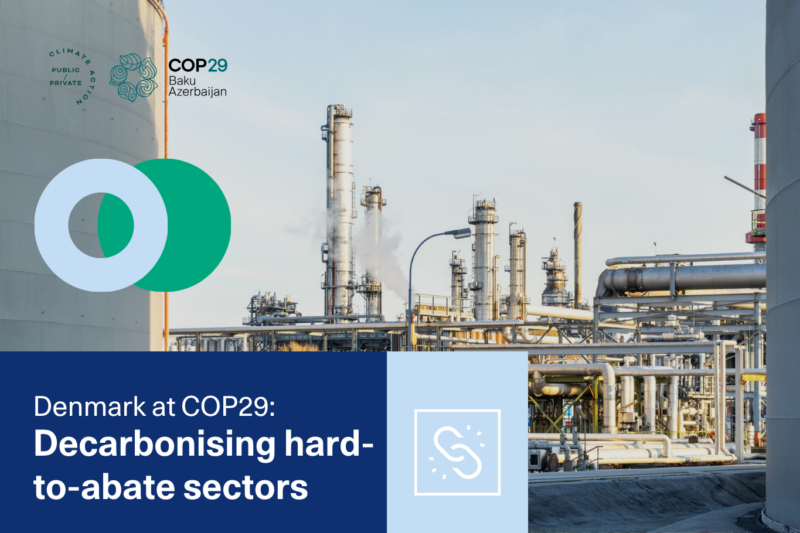Recognising the environmental impact of steel and iron components, Vestas has established a partnership with ArcelorMittal to launch a low-emission steel offering that significantly reduces lifetime carbon dioxide emissions from the production of wind turbine towers. This is yet another initiative where Vestas continues to execute its sustainability strategy which also includes addressing the materials used to make wind turbines.
Also read: Financing the green steel transition
The low-emission steel is produced using 100% steel scrab which is melted in an electric arc furnace powered by 100% wind energy at the ArcelorMittal steel mill, Industeel Charleroi, in Belgium. The steel slabs are then transformed into heavy plates used for the manufacture of wind turbine towers, at ArcelorMittal’s heavy plate mill in Gijon, Spain. These heavy plates made with low-emission steel are initially suitable for the entire onshore wind turbine towers and the top section of offshore wind turbine towers. The low-emission heavy plate steel has an Environmental Product Declaration (EPD), certified by an independent party, detailing the complete environmental footprint of the product, and allowing easier comparison between products.
“Finding ways to decarbonise the emissions produced during the raw material extraction and refinement of steel is vital for us and the industry in general. Vestas sees the partnership with ArcelorMittal and the adoption of low-emission steel as a significant lever in reducing CO2 emissions within the wind industry. Commitment from our customers is vital to drive the transition so we are very happy that we can provide value to our customers with this solution. The Baltic Power Offshore Wind Project stands as a solid example of this progress, having secured the first order and affirming the delivery of substantial value to our customers.” Dieter Dehoorne, Head of Global Procurement at Vestas
Decreasing emissions across the wind value chain
By utilising low-emission steel in the top two sections of an offshore tower, this emission reduction would translate to approximately 25% reduction of emission compared to a tower made from steel made via a conventional steelmaking route. For an entire onshore tower, the CO2 reduction is at least 52%.
Steel and iron constitute 80-90% of a wind turbine’s material mass and approximately 50% of a turbine’s total lifecycle emissions. With the partnership with ArcelorMittal, Vestas takes an important step forward to reduce CO2 emissions occurring in its supply chain and can achieve a 66% decrease in emission intensity per kg steel compared with steel produced via the conventional steelmaking route.
Even though low-emission steel is not yet a standard offering from Vestas, the first project utilizing low-emission steel will be the Baltic Power Offshore Wind Project off the coast of Poland. During 2025, Vestas will start the construction of the offshore wind farm, expected to generate up to 1.2 GW and ultimately supply clean electricity to more than 1,5 million households in Poland. Vestas will supply, install, and commission 76 V236-15.0 MW wind turbines for the Baltic Power Offshore Wind Project. The top section of 52 towers out of the 76 will be made with low-emission steel.


